Market Trends
Key Emerging Trends in the Construction Tape Market
The Construction Tape market is undergoing notable trends driven by a combination of technological advancements, increased construction activities, and a focus on safety and efficiency in the industry. Rise in Construction and Infrastructure Projects: A significant trend in the Construction Tape market is the rise in construction and infrastructure projects globally. The growing urbanization, population growth, and government investments in infrastructure development contribute to an increased demand for construction tapes. These tapes serve various purposes in construction sites, including marking, measuring, and ensuring safety compliance. Technological Innovations in Tape Manufacturing: The market is witnessing technological innovations in the manufacturing of construction tapes. Advanced materials, adhesive technologies, and precision in measurement markings are some of the key areas of innovation. Manufacturers are incorporating features such as laser-etched measurements, durability enhancements, and improved adhesion to meet the evolving needs of construction professionals. Focus on Safety and Visibility: Safety concerns are driving a trend towards construction tapes with enhanced visibility and safety features. High-visibility colors, reflective elements, and tapes with built-in LED lights are gaining popularity to improve visibility in construction sites, especially in low-light conditions. This emphasis on safety aligns with regulatory requirements and industry best practices. Adoption of Smart Tapes with Measurement Technology: The integration of measurement technology into construction tapes is an emerging trend. Smart tapes with features like digital displays, Bluetooth connectivity, and measurement memory are gaining traction. These smart tapes provide accuracy and efficiency in measurements, reducing the likelihood of errors during construction tasks. Environmental Sustainability in Tape Materials: There is a growing trend towards environmentally sustainable materials in the Construction Tape market. Manufacturers are exploring eco-friendly options, including tapes made from recyclable materials and those with reduced environmental impact. This trend reflects the industry's commitment to sustainability and the increasing demand for eco-conscious construction products. Customization for Specialized Applications: Construction tapes are increasingly being customized to meet specialized requirements in various construction applications. Tapes with specific adhesives for different surfaces, weather-resistant tapes for outdoor applications, and tapes designed for unique measurement needs are becoming more common. Customization allows construction professionals to choose tapes tailored to their specific project requirements. Rise in DIY Construction Projects: The popularity of do-it-yourself (DIY) construction projects is influencing the Construction Tape market. DIY enthusiasts and homeowners are increasingly using construction tapes for home improvement projects, renovations, and small-scale construction. This trend expands the consumer base for construction tapes beyond professional construction sites. Global Supply Chain Challenges Impacting Availability: Similar to other industries, the Construction Tape market is not immune to global supply chain challenges. Disruptions in the supply chain, including raw material shortages and transportation issues, can impact the availability and pricing of construction tapes. Manufacturers are navigating these challenges through strategic sourcing and supply chain resilience measures.

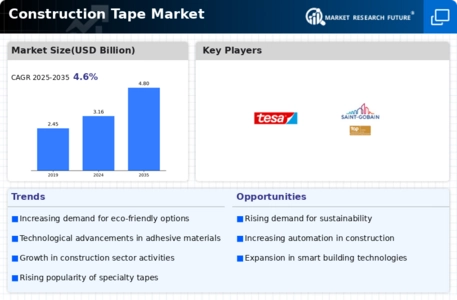


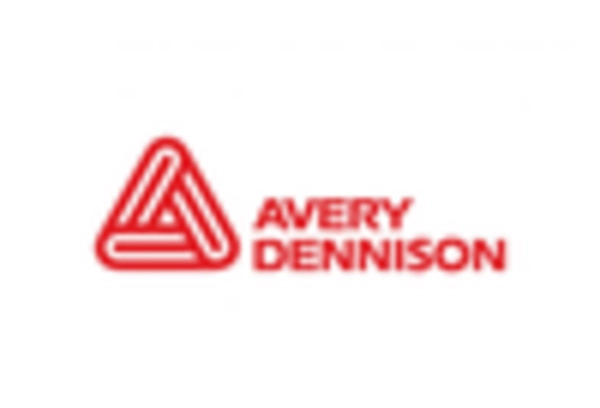
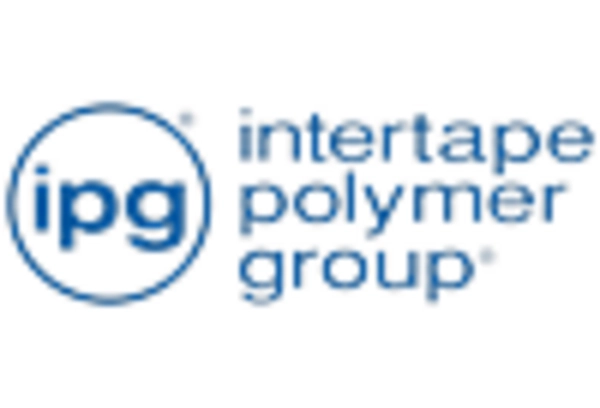
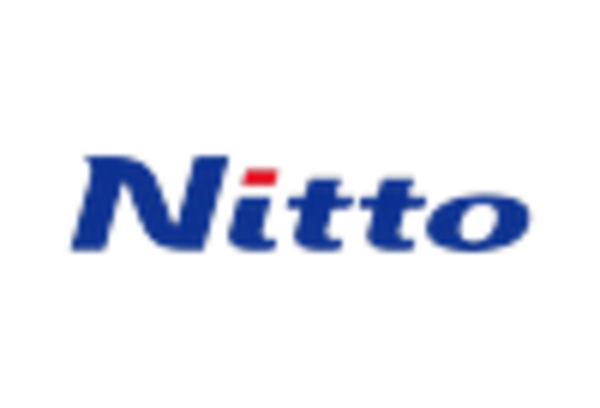

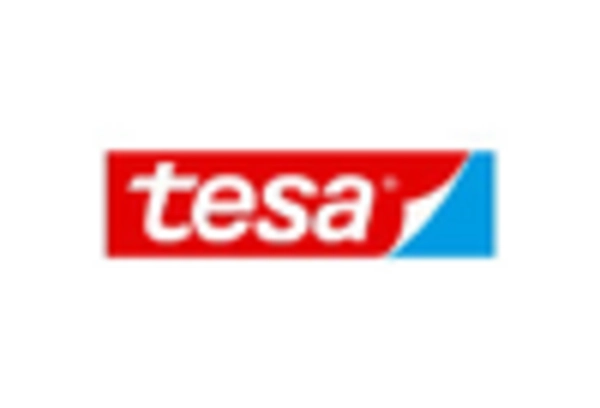

Leave a Comment